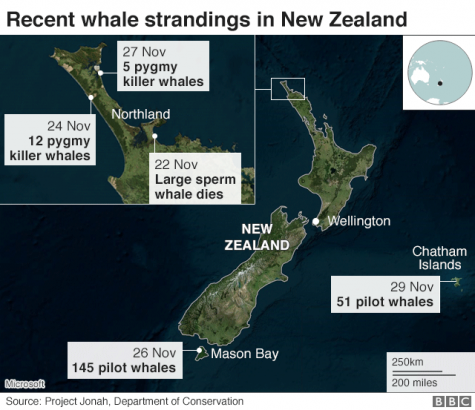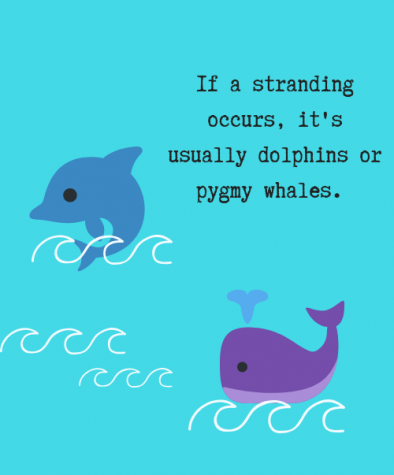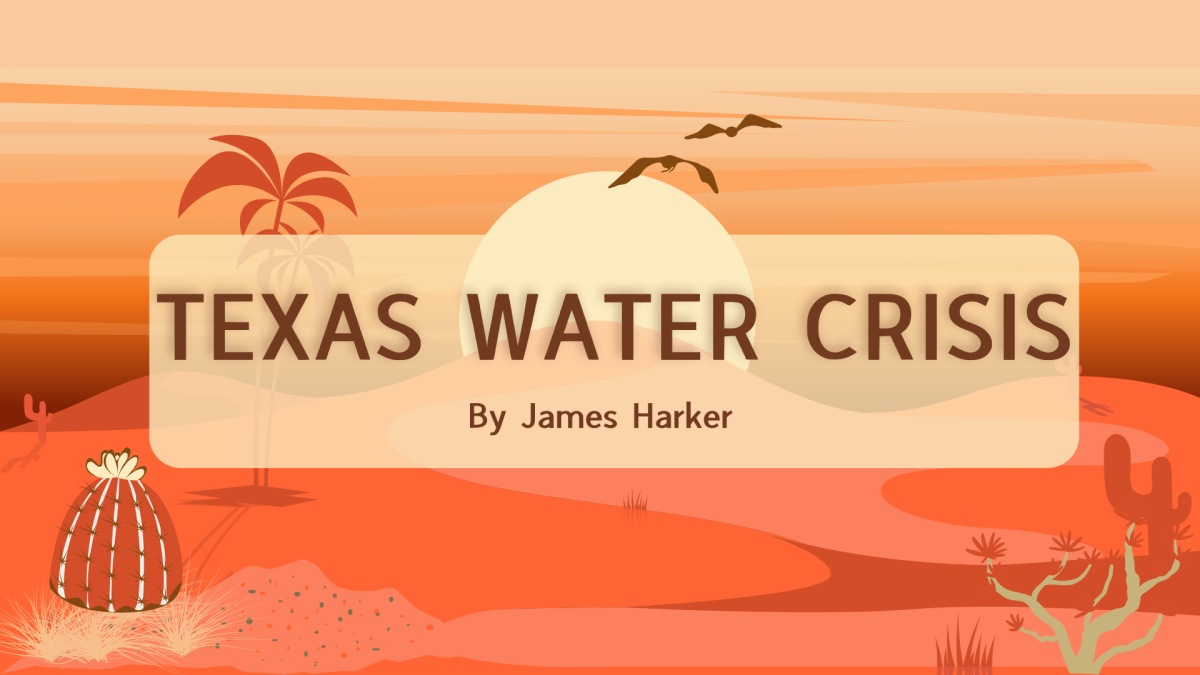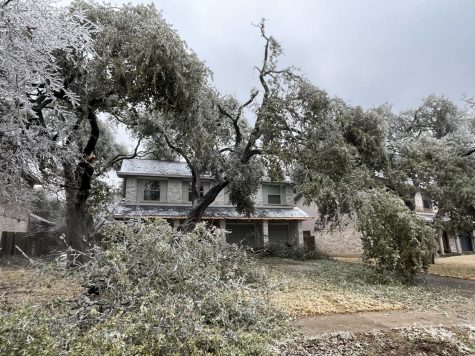Beached Whales In New Zealand

Seals, whales, and dolphins, just a portion of New Zealand’s marine life. But as more whales are found ashore, that small portion is shrinking.
According to National Public Radio (NPR), 145 pilot whales were found dead on Stewart Island, a remote island in New Zealand. By the time they were discovered, half of them had already died. Beached whales are not uncommon there; there have actually been four other reports across New Zealand in the same week. What makes it uncommon, though, is that whole groups have been found stranded, rather than a single animal.
As shown below, many whales have been stranded recently in New Zealand. According to Project Jonah (a New Zealand charity that protects marine life), an average of about 300 dolphins and whales are stranded there each year.


Why Do These Strandings Occur?
There is actually no human interaction, it is just a natural phenomenon.
According to Project Jonah, one cause is that whales could be chasing prey near shallow, sloping beaches and accidentally beach themselves. Also, sometimes receding tides trap marine life on beaches. Strong currents can also push them off course and this causes them to get lost and end up on beaches.
Another cause is New Zealand’s coastlines. The geography allows really shallow water at low tide but really deep water at high tide. When whales swim in at high tide, they get trapped at low tide. In addition, deepwater also comes very close to shore and that can also trap marine life.
When the leader in a pod gets ill, they are no longer able to navigate. So they may end up getting beached, and since it’s the leader, the whole pod follows. This can cause whole groups to get beached. One thing that causes illness is rapid changes in water pressure. This causes underwater earthquakes and those damages sinuses and middle ears in whales.
Whales and dolphins have strong social bonds. So when one member of the pod is left helpless in shallow waters, they do not desert them. Instead, they try to help them. This can result in mass strandings.
Why Is It So Dangerous For Whales To Be Beached?
Since whales are mammals, being beached has nothing to do with not having oxygen. Of course, they have no food. But they can also get sunburned and get dry skin. Just like for humans, this can be dangerous for whales, too. But that’s not all. Whales are very big creatures. According to WhaleFacts, whales are buoyant in water, but land is not a buoyant environment. So after just a short amount of time on land, a whale’s weight can crush their organs.
These are all things that happen when a whale is stranded on land.
When Is There The Most Strandings?
Although strandings occur throughout the year, the most common times for mass strandings in New Zealand is the summer time. This isn’t just a recent issue. According to the Department of Conservation (DOC), more than 5,000 strandings have occurred since 1840! And in 1918, one thousand whales were found stranded!
How Can We Help?
We may not be in New Zealand, but whales can come ashore anywhere, even here in Texas. Texas Marine Mammal Stranding Network (TMMSN) is a non-profit organization that helps marine mammals. You can help, too. Organizations like these take donations and volunteers. Anyone can volunteer.
Another way to help is to be aware of your waste at home, because when waste gets into the sea, it gets marine life sick and then they can get beached.
Whether it’s dolphins or whales, marine mammals are getting stranded more and more often. Marine life is dying off faster and we need to help as much as possible.

Hannah McDonough is an eighth-grader here at Canyon Vista. This is her second year in newsmedia and last year, she received a silver medal in UIL for her...
























